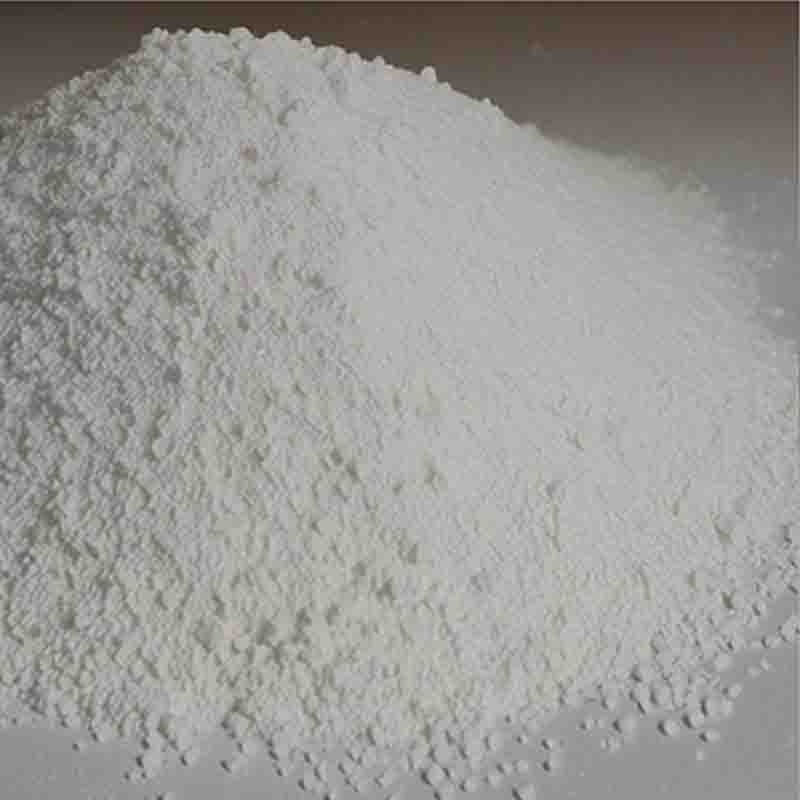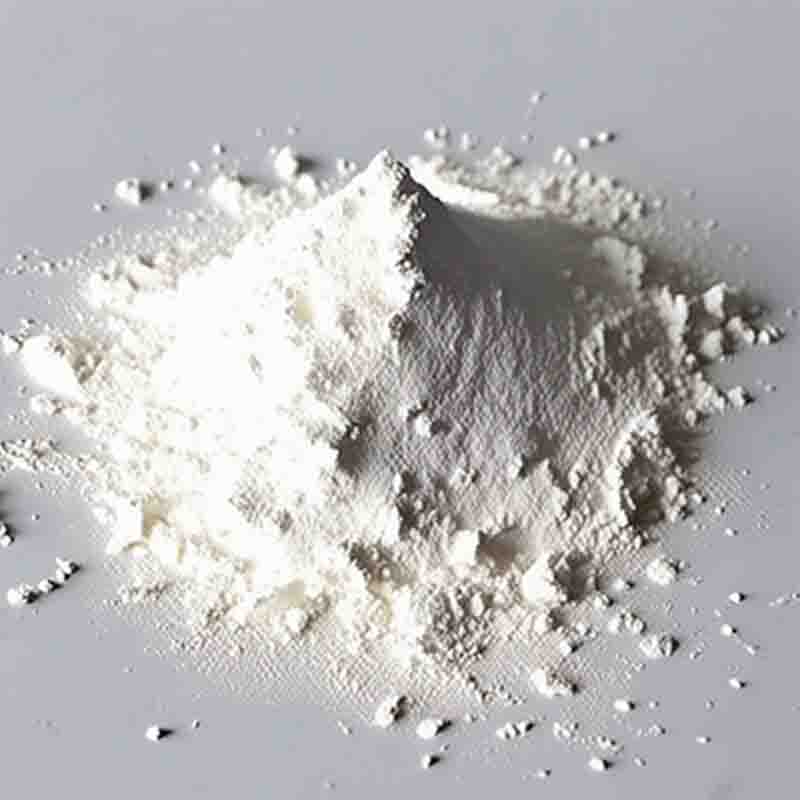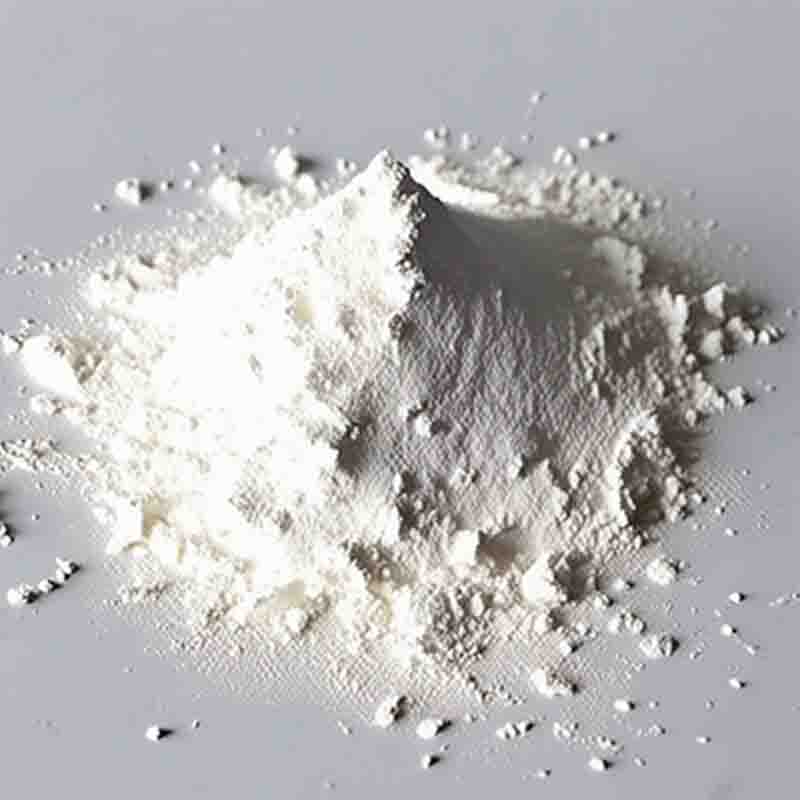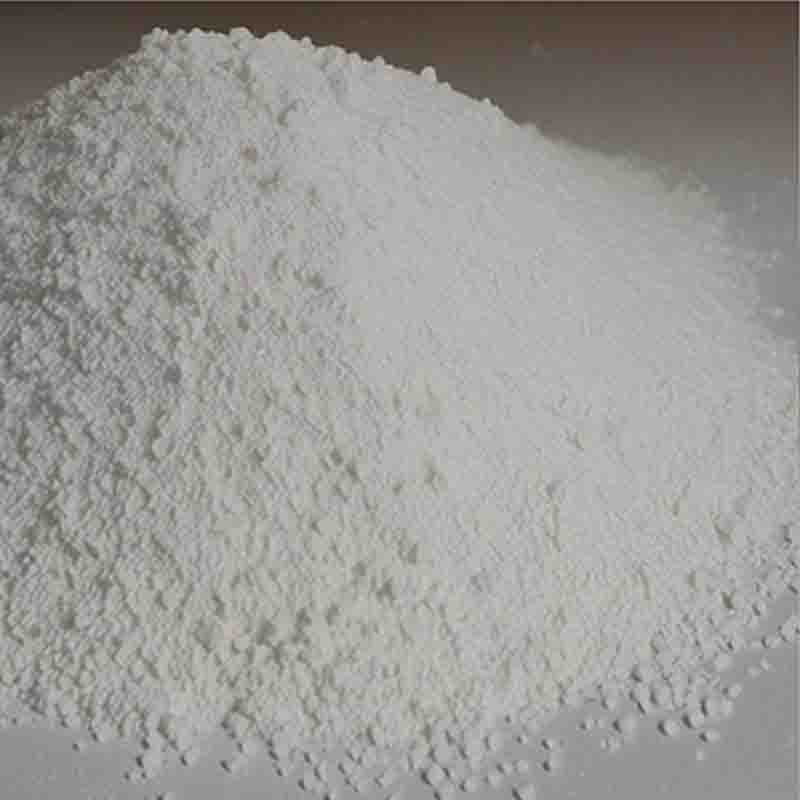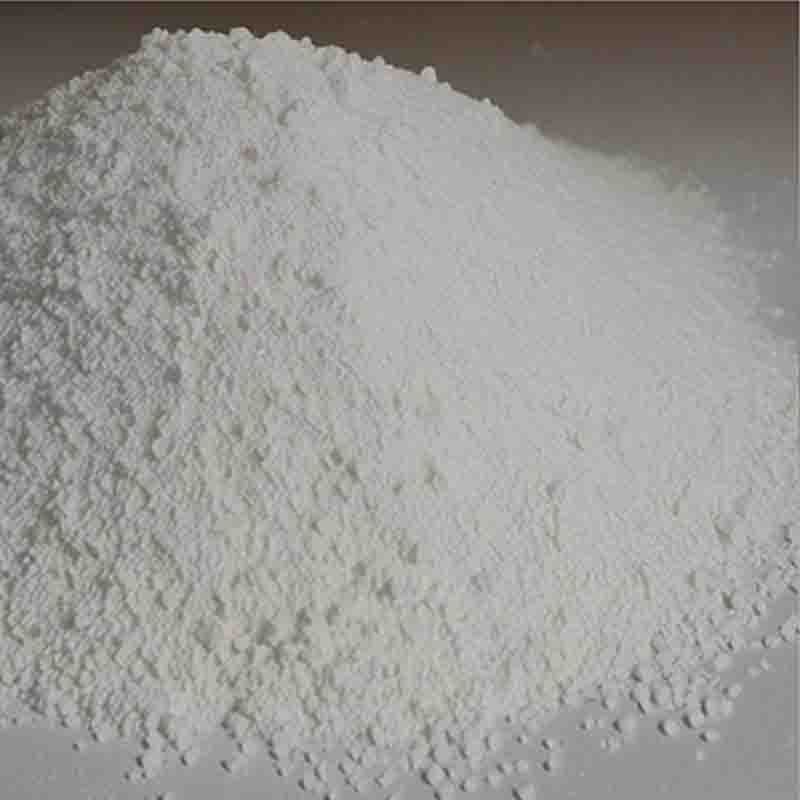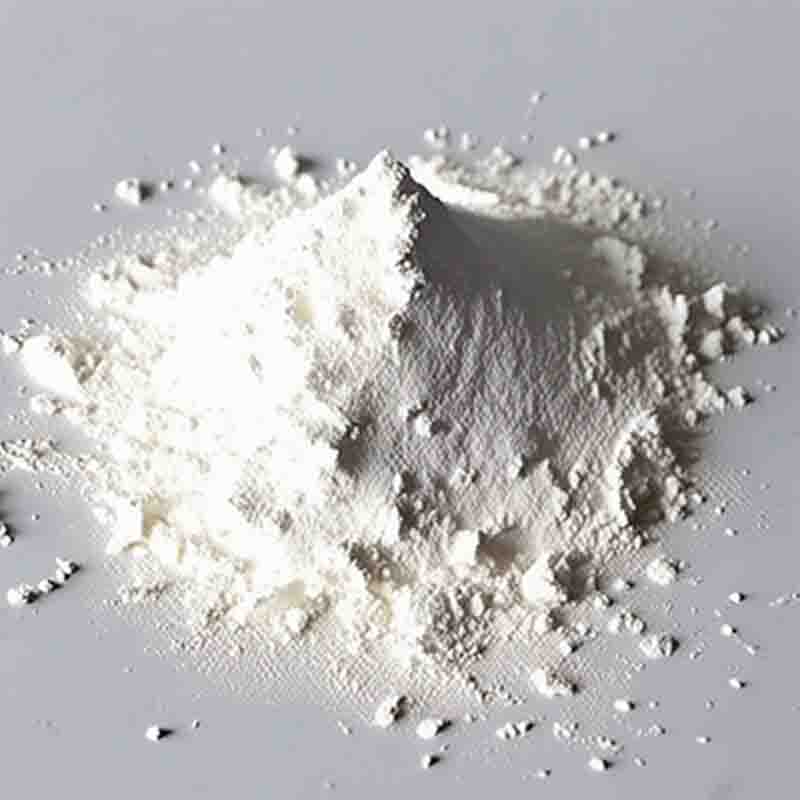Ruthenium acetylacetonate CAS: 14284-93-6
| Catalog Number | XD94479 |
| Product Name | Ruthenium acetylacetonate |
| CAS | 14284-93-6 |
| Molecular Formula | C15H21O6Ru |
| Molecular Weight | 398.39 |
| Storage Details | Ambient |
Product Specification
| Appearance | White powder |
| Assay | 99% min |
Ruthenium acetylacetonate, also known as Ru(acac)3, is a coordination compound that contains a ruthenium atom coordinated by three acetylacetonate ligands (acac-). This complex has a variety of applications in catalysis, materials science, and as a precursor for the deposition of ruthenium-containing films.One significant use of ruthenium acetylacetonate is in catalysis. It is commonly employed as a catalyst in a range of organic transformations, including hydrogenation, oxidation, isomerization, and carbon-carbon bond formation reactions. For example, ruthenium acetylacetonate can be used as a catalyst for the selective hydrogenation of unsaturated compounds, such as alkenes and alkynes, in which it promotes the addition of hydrogen to these molecules while maintaining selectivity for specific sites. This reaction has applications in the pharmaceutical and fine chemical industries for the synthesis of valuable intermediates and active pharmaceutical ingredients.Ruthenium acetylacetonate is also utilized in catalytic processes for oxidation reactions. It can act as a catalyst for processes like epoxidation and oxidative coupling reactions, which are significant in the production of fine chemicals and polymers. These reactions involve the introduction of oxygen atoms or the formation of carbon-carbon bonds between reactive species, and ruthenium acetylacetonate facilitates these transformations by providing the necessary coordination environment and reactivity.Additionally, ruthenium acetylacetonate is employed in the deposition of ruthenium-based thin films and nanoparticles. These materials have applications in various fields, including electronics, catalysis, and energy storage. By using ruthenium acetylacetonate as a precursor, it is possible to fabricate thin films and nanoparticles with tunable properties, such as size, shape, and composition. This allows for the development of materials with enhanced catalytic activity, improved device performance, and higher efficiency in energy storage systems.Furthermore, ruthenium acetylacetonate has been studied for its potential use in sensing and imaging applications. It exhibits luminescent properties, and its interaction with specific molecules or analytes can result in changes in its emission characteristics. This makes it a promising candidate for the development of molecular sensors and imaging probes, enabling the detection and analysis of various compounds or biological processes.In summary, ruthenium acetylacetonate has diverse applications in catalysis, materials science, and sensing. Its use as a catalyst allows for selective transformations in organic synthesis, including hydrogenation, oxidation, and carbon-carbon bond formation reactions. Moreover, it serves as a precursor for the fabrication of ruthenium-based thin films and nanoparticles, which find applications in electronics, catalysis, and energy storage. Additionally, its luminescent properties make it suitable for sensing and imaging purposes. Overall, the versatility and wide-ranging applications of ruthenium acetylacetonate highlight its importance in various scientific and technological fields.


